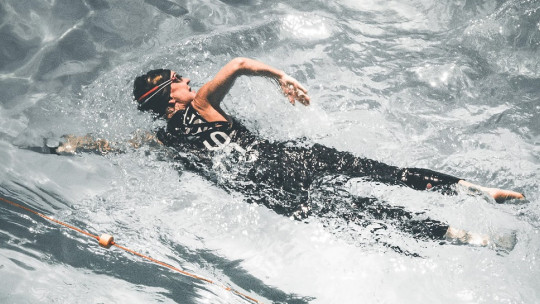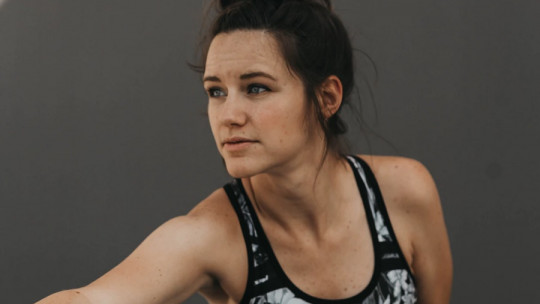In an era in which the cult of image is increasingly evident, it becomes sadly easy for us to get used to maladaptive behavioral reactions on the part of friends, acquaintances, etc. This cult implies, in part, associate our self-esteem with our physical image and since this will not always correspond to the ideal of beauty imposed at the time, we can assume that said self-esteem can be easily compromised.
Among the reactions we are referring to we can find a considerable financial outlay on clothing, cosmetics or aesthetics in general, that our mood becomes dependent on the approval of others, or even establishing toxic emotional relationships But these behaviors, apart from pristine mental health, can end up leading to serious pathologies, such as anorexia, bulimia, or vigorexia.
A distorted perception of oneself
Vigorexia is a mental disorder characterized by performing a disproportionately demanding physical activity sometimes linked to the consumption of vitamin or anabolic supplements and a distorted image of one’s own body.
This distortion is usually aimed at perceiving one’s own body as thinner or weaker than it really is (contrary to the typical case of anorexia, where the patient perceives that he or she has a greater weight than he or she really does), and usually implies an eternal dissatisfaction with one’s own body. whose most immediate consequence is that maladaptive behaviors in relation to physical exercise tend to remain indefinitely, as well as the feeling of dissatisfaction with one’s own body.
Furthermore, vigorexia can leave physical and psychological consequences, in the form of growth disorders, inability to return to practicing sports in a healthy way…
These behaviors are essentially the same as any athlete, only taken to the extreme, and we all know people who, in our opinion, dedicate a large number of hours to the gym, so how can we differentiate vigorexia from a simple workout? demanding?
How to distinguish it from the sporting requirement?
Like any disorder, vigorexia will be so as long as the related behaviors involve a significant deterioration in the life of the athlete If you dedicate less time to your obligations (academic or work) than you do training, if you alter the quality of your social relationships, your hours of sleep, or if your health is affected, through inadequate training (due to your weight , age, physical conditions, etc.) or substance consumption.
Due to the great social pressure that exists and the reinforcements associated with sports practice vigorexia is a disorder that involves an addiction component, so most of the time the athlete will not be aware of having a problem, or feel that it is worth living with that problem as long as they achieve their maladaptive goals.
That is why we must be very attentive to the manifestation of the first symptoms of the disorder before it is established and becomes more and more, since in any intervention at a psychological level, the patient’s motivation to solve the corresponding problem is of vital importance.
Psychological treatment
People don’t change if they don’t want to. And when they want, people get work or systematic training in different techniques derived from psychology, which in this case would be, above all, aimed at, on the one hand, correct distorted vision of one’s own body through techniques related to cognitive restructuring, that is, “dismantling” those irrational beliefs that are maintaining the behaviors to be modified. “I’m weak” has to give way to “But X kg”, I have “x muscle mass or body fat index”, “I’m above average”, etc.
On the other hand, modify the pattern of maladaptive behaviors through the establishment of short-term objectives, seeking to maintain motivation for change (“I have managed to train less, I can do it”) and managing the contingencies between said behaviors and their consequences, whether reinforcements (which facilitate associated behaviors will be repeated in the future) or punishments (those that reduce these probabilities).
But the most important thing is to generate critical thinking, which protects us from the media bombardment of a limited way of understanding beauty because, never better said, it is inside.









